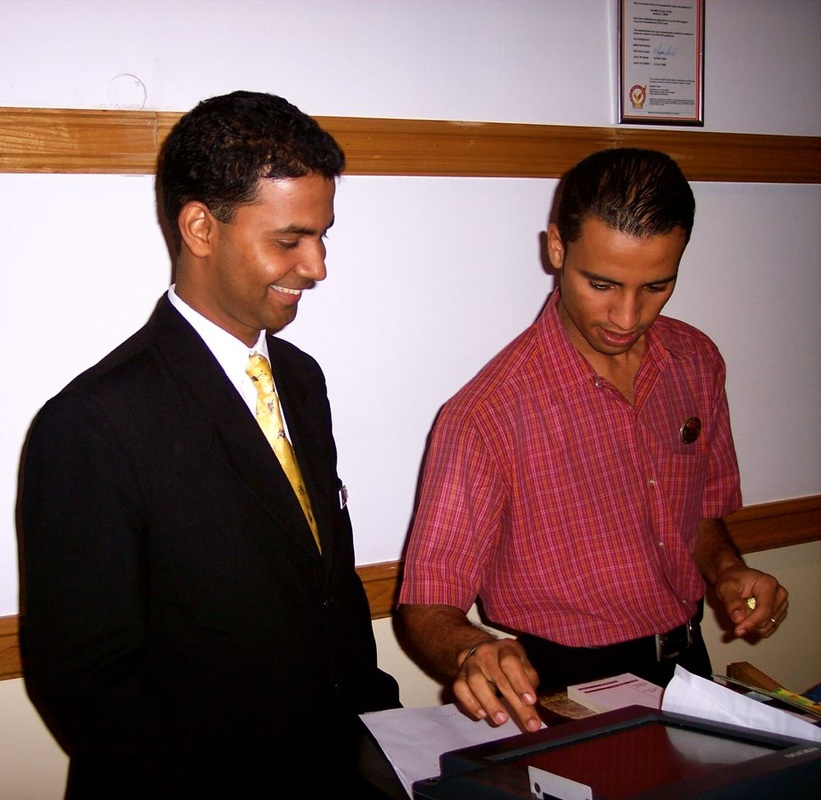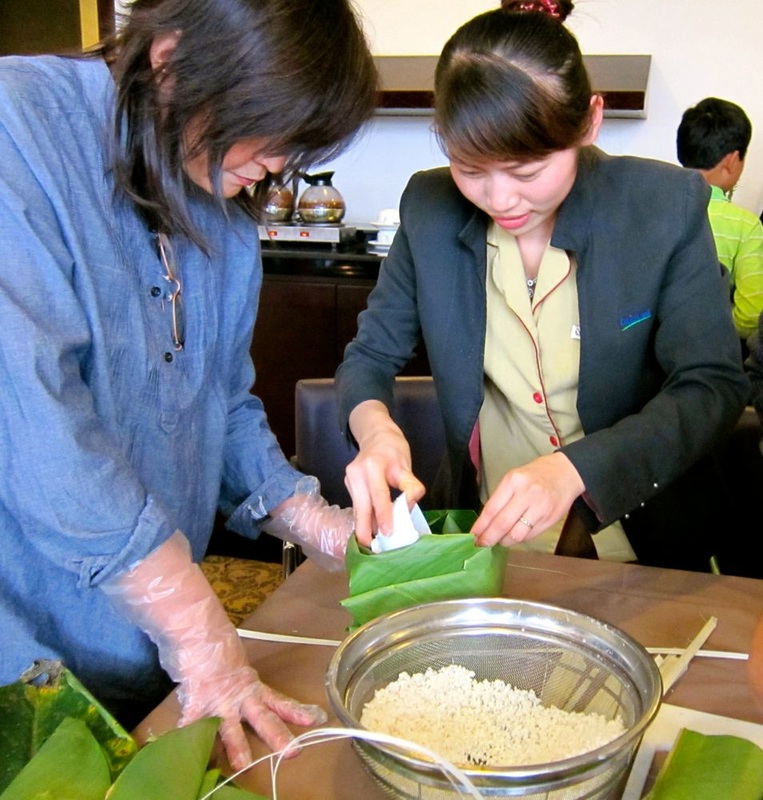13 Tips for Effective Training
Have you ever been in a training session where the trainer engaged everyone and made them participate actively? Have also been in one where you were lulled to sleep as the trainer just read from notes that have been discolored with age.
You probably have been a trainer yourself and have had sessions where you got the group going fast and also others where you hardly got the group to say anything.
You probably have been a trainer yourself and have had sessions where you got the group going fast and also others where you hardly got the group to say anything.
1. Clear Objectives
Be clear about your objectives and make sure the content covers all of it. Review these objectives with the trainees. A good practice is to put the objectives on brown paper, post them on the wall so when the trainees arrive they will have a chance to read and absorb the objectives. Then, ask them at the start of the session what their objectives are. You can then add those that are not included in the list.
If your trainees are highly knowledgeable, you can easily formulate these objectives with them at the start of the session but often, prepared objectives help.
Be clear about your objectives and make sure the content covers all of it. Review these objectives with the trainees. A good practice is to put the objectives on brown paper, post them on the wall so when the trainees arrive they will have a chance to read and absorb the objectives. Then, ask them at the start of the session what their objectives are. You can then add those that are not included in the list.
If your trainees are highly knowledgeable, you can easily formulate these objectives with them at the start of the session but often, prepared objectives help.
2. Thorough Preparation
Remember that thorough preparation is the key to a good training session or presentation. Make sure you know the area well. If not, get a panel of experts with you who can take care of the specifics in the aspects you know less about.
Remember that thorough preparation is the key to a good training session or presentation. Make sure you know the area well. If not, get a panel of experts with you who can take care of the specifics in the aspects you know less about.
3. Get to know your trainees
What are their dreams? What skills and knowledge do they need to be successful in this area you are training them in? Why are they interested in the training? They look at you. Talk about your own experience. You are what they want to be!
What are their dreams? What skills and knowledge do they need to be successful in this area you are training them in? Why are they interested in the training? They look at you. Talk about your own experience. You are what they want to be!
4. Engage trainees to use all their senses
Most of these trainees do not learn best by listening. We know from our experience that we learn best when we use all our senses to see, feel, touch, do the actual process. Demonstrate and then let each one of them try it. You can also let one of them demonstrate it or you can get them into groups with one of them in each group demonstrating the process and letting their group members try it.
Most of these trainees do not learn best by listening. We know from our experience that we learn best when we use all our senses to see, feel, touch, do the actual process. Demonstrate and then let each one of them try it. You can also let one of them demonstrate it or you can get them into groups with one of them in each group demonstrating the process and letting their group members try it.
5. Structure training based on how trainees learn
Observe how the trainees learn and use your observation to structure the process. Let them do some work individually, in twos or teams. They need to learn how to work as part of a team in their work.
Observe how the trainees learn and use your observation to structure the process. Let them do some work individually, in twos or teams. They need to learn how to work as part of a team in their work.
6. Rewards are crucial
Congratulate them when they do something well and they will try much harder. Measure the trainee’s achievement, provide support to facilitate learning, measure benchmarks achieved and reward them for completion.
Congratulate them when they do something well and they will try much harder. Measure the trainee’s achievement, provide support to facilitate learning, measure benchmarks achieved and reward them for completion.
7. Encourage trainees to learn how to learn
Encourage trainees to ask questions, to draw conclusions, to apply learning in other situations or to other problems and to probe further so he learns how to learn.
Encourage trainees to ask questions, to draw conclusions, to apply learning in other situations or to other problems and to probe further so he learns how to learn.
8. Be upbeat, positive, encouraging
Make the learning process fun. People just do not learn very well when unhappy, depressed, confused, angry, sad, etc. Tell them: ‘I’ll help you learn' ‘Get ready to have another nice day learning in this class.
Make the learning process fun. People just do not learn very well when unhappy, depressed, confused, angry, sad, etc. Tell them: ‘I’ll help you learn' ‘Get ready to have another nice day learning in this class.
9. Make clear your requirements to the trainees
This includes commitment to be on time and to stay for the duration of the sessions, use of cell phones, breaks, etc.
This includes commitment to be on time and to stay for the duration of the sessions, use of cell phones, breaks, etc.
10. Use ice breakers, brain teasers or games
Most trainees can focus on a lecture for 12 minutes. Confine learning activities within those focus minutes and then allow for some movement to redirect the trainees’ attention so that processing can take place. Use ice breakers, brain teasers or games.
Most trainees can focus on a lecture for 12 minutes. Confine learning activities within those focus minutes and then allow for some movement to redirect the trainees’ attention so that processing can take place. Use ice breakers, brain teasers or games.
11. When presenting:
You can encourage the trainees to give feedback on the activity, to identify new knowledge and skills learned from the session. You can ask each group to do their own summary and present these to others.
- Smile, greet the trainees appropriately, introduce yourself, and welcome the trainees to a great experience.
- Respect session duration, choose training methods that involves the trainees such as group activities and encourage as much participation as possible. Ensure questioning techniques are appropriate to the group to gain involvement and check their understanding.
- Ensure visual aids are legible, accurate, create interest and are appropriate to the content and objectives of the programme. Imagery helps improve the speed and durability of learning. It can take many forms such as graphics (pictures, symbols, icons), metaphors & analogies, physical objects, mnemonic (memory) devices, stories, body language
- Offer the group opportunities to ask questions before summarizing
- Check that you have enough paper for the amount of writing you intend to do.
- Check that it is positioned where all in the group can see it.
- Check you have pens and that they work. Use color pens if possible.
- Write legibly, i.e., large, clear writing.
- Use headings and subheads as appropriate.
- Take your time when writing.
- Plan what you are going to write.
- When not needed as visual support, turn to a blank sheet.
- Watch your spelling.
- Drawing etc. can be prepared invisibly in light (yellow) pen and filled in during presentation.
You can encourage the trainees to give feedback on the activity, to identify new knowledge and skills learned from the session. You can ask each group to do their own summary and present these to others.


